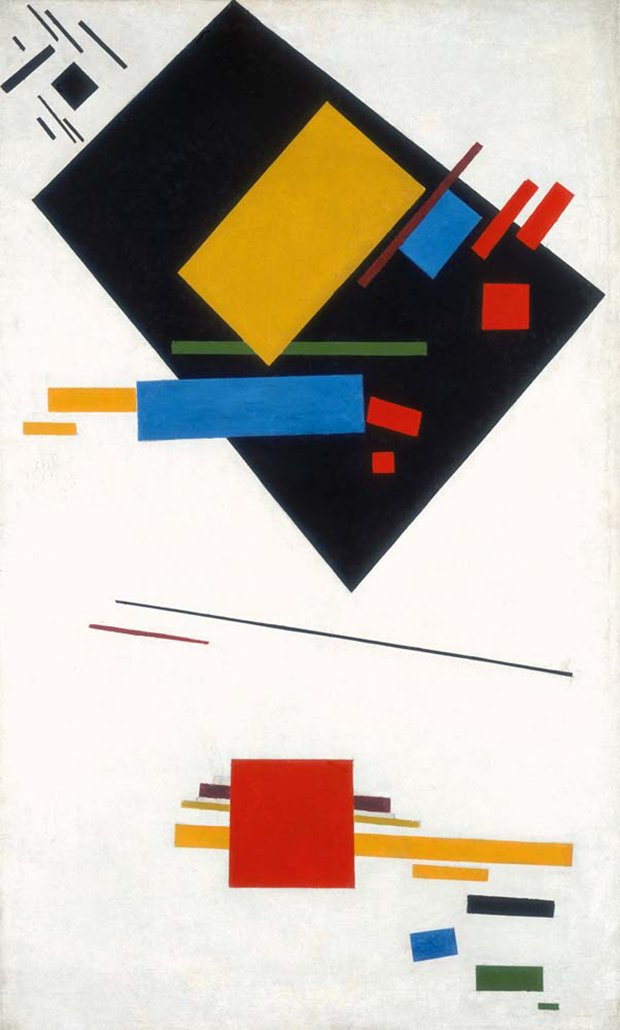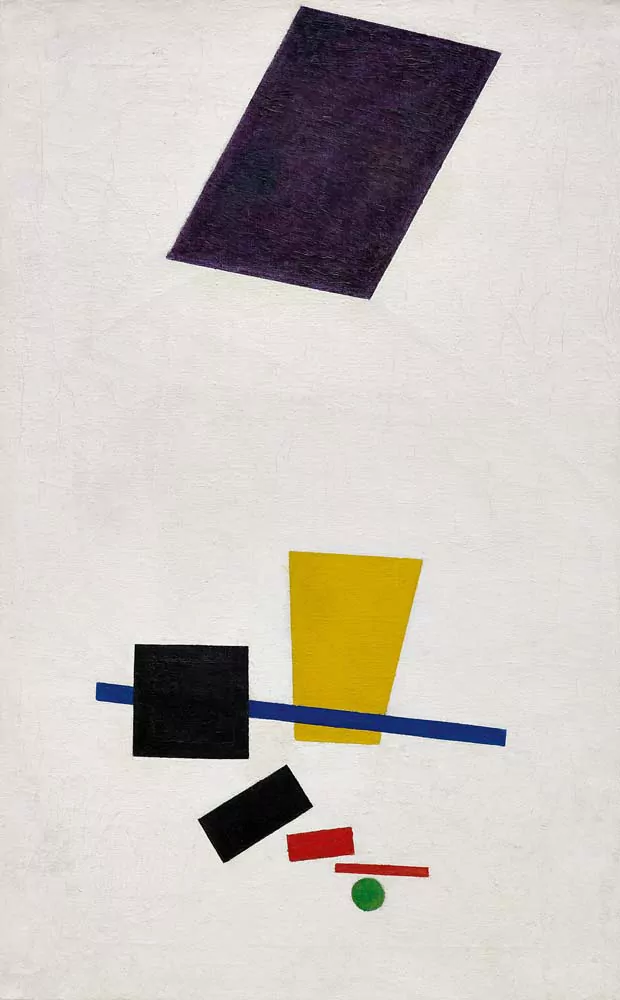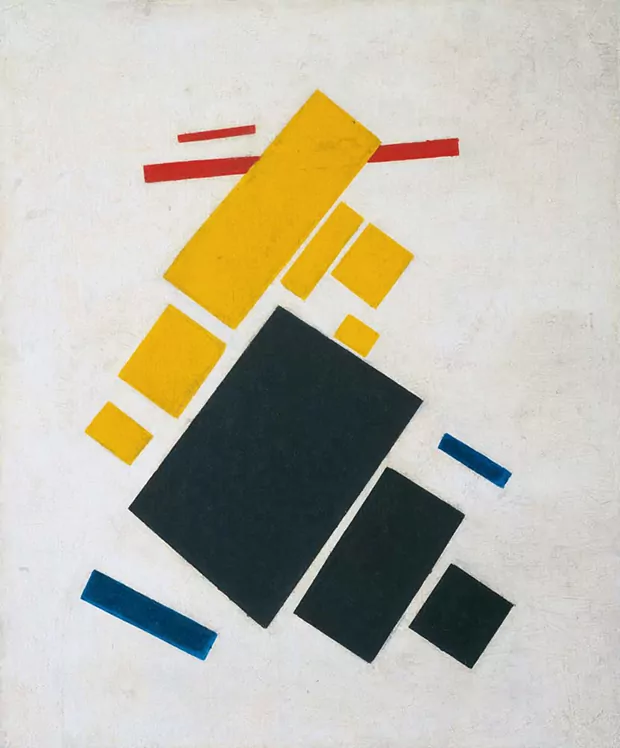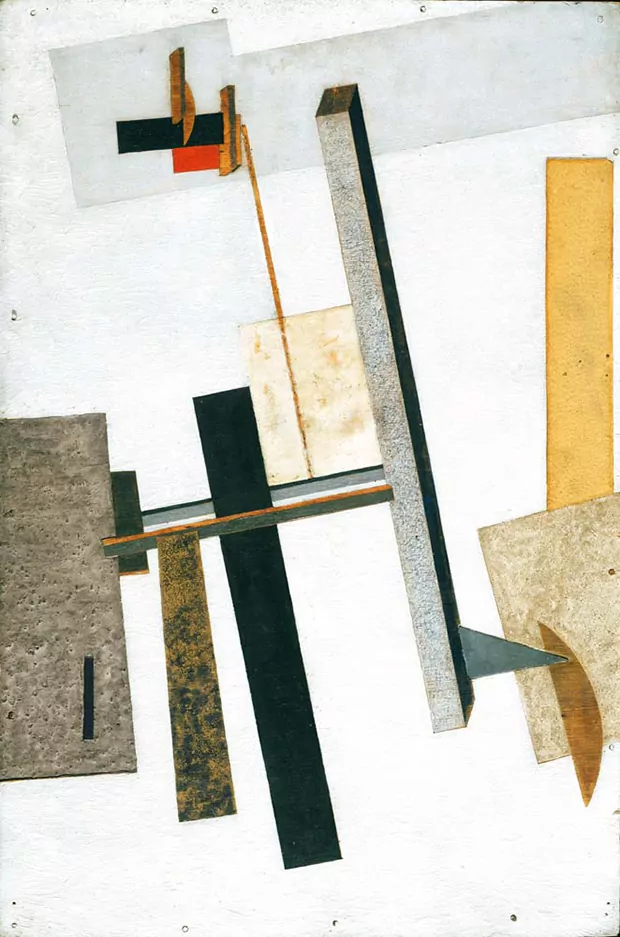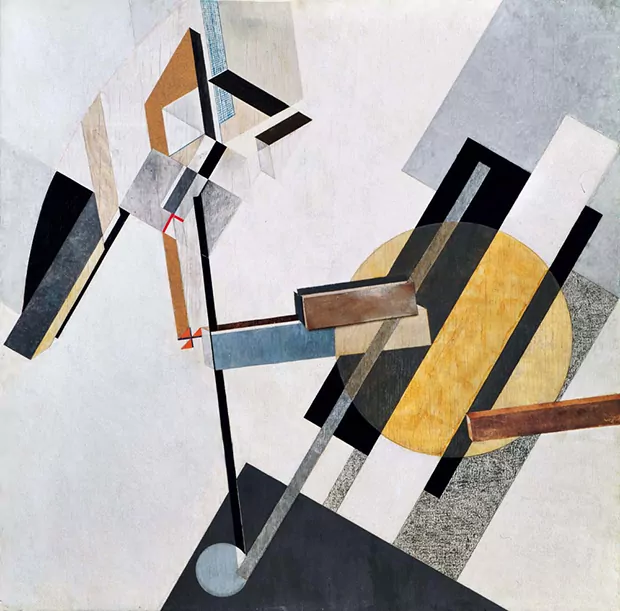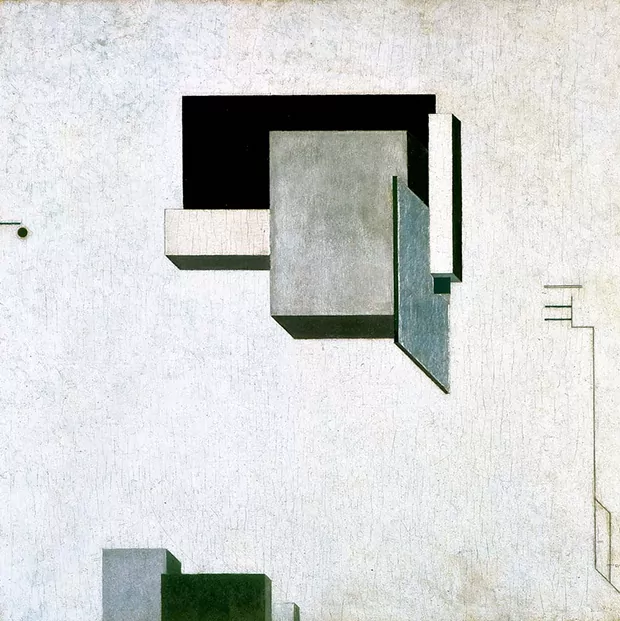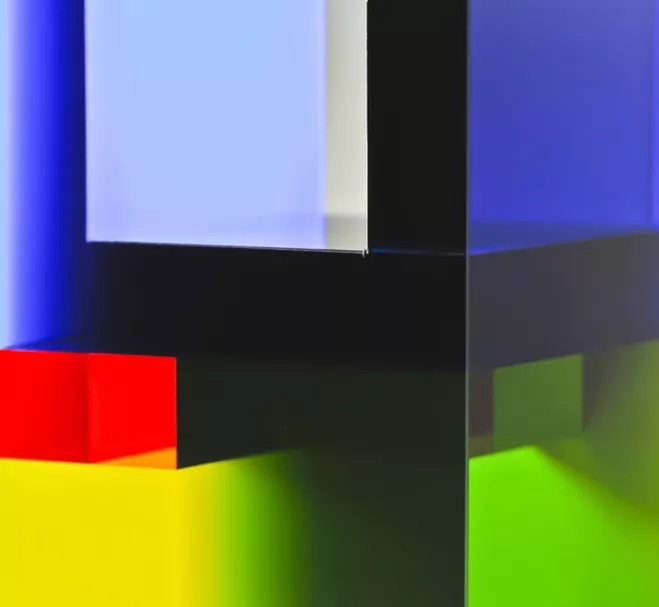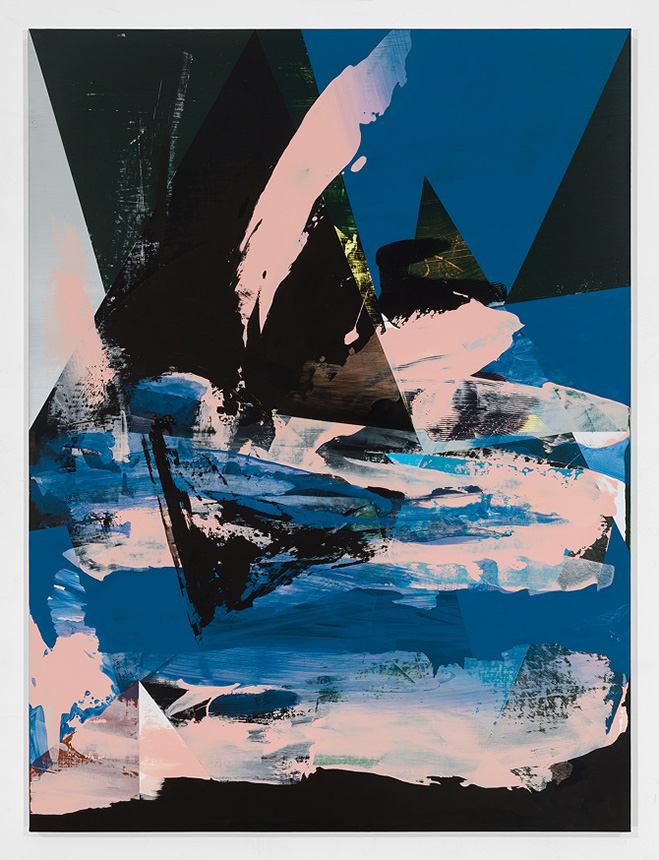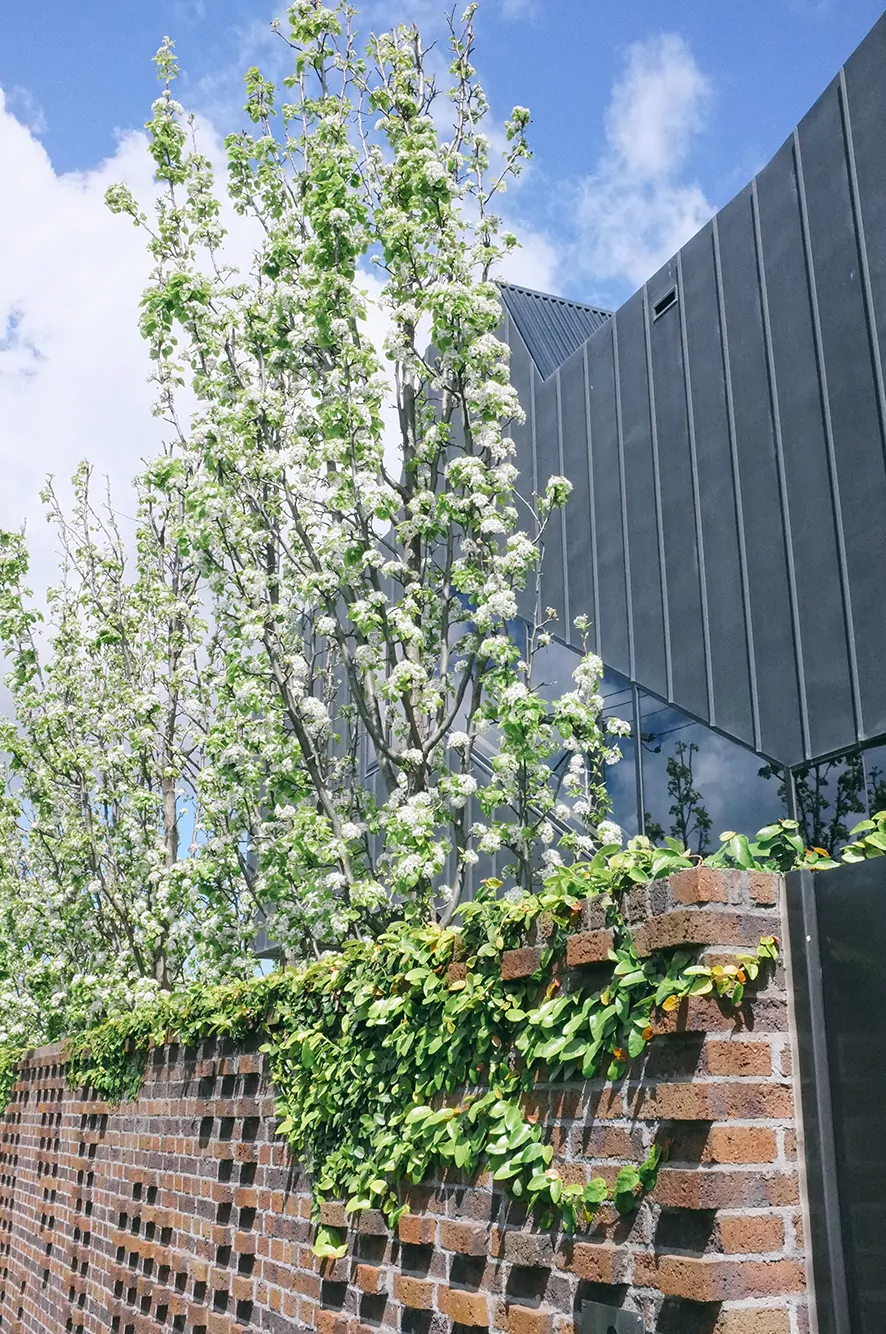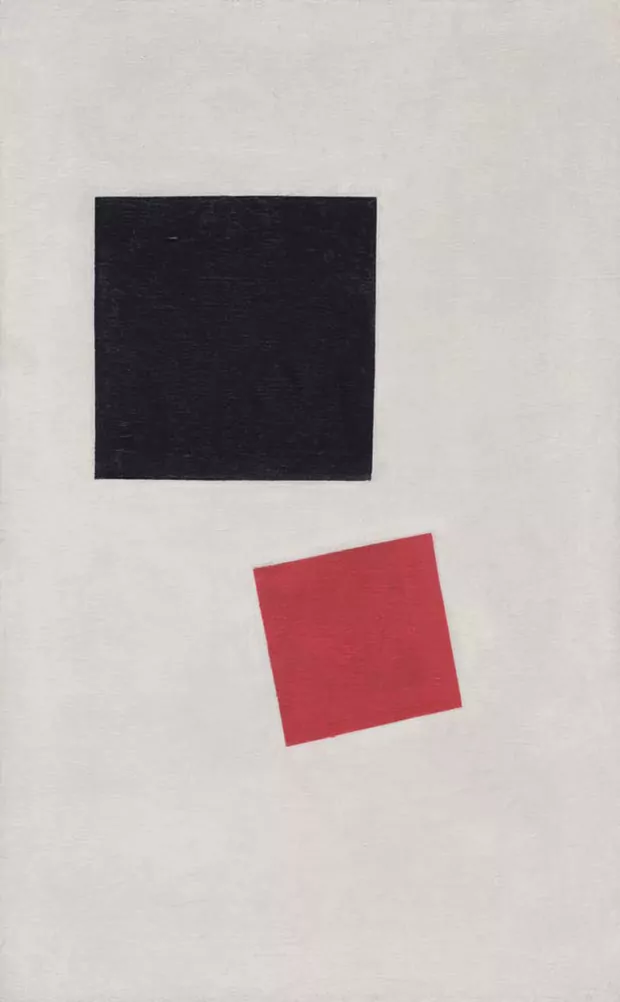
Kazimir Malevich and El Lissitzky, ‘Suprematism’
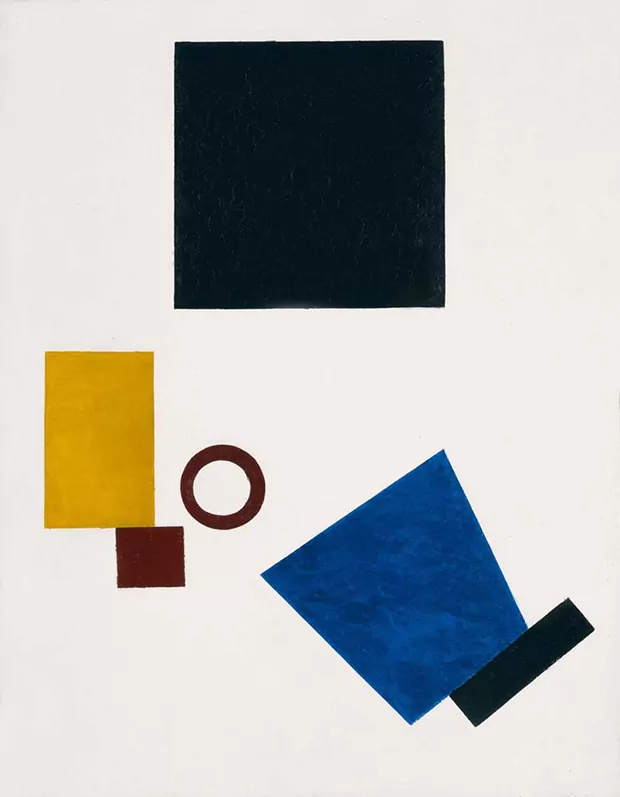
I watched quite an inspirational documentary on Zaha Hadid in the week, which included her extraordinary architecture. I’m very much in awe of the fantastic structures that look almost impossible to both build and conceptualise, actually it becomes apparent that a lot of the shapes Zaha uses are too complex for the human mind to even generate. As with any highly acclaimed designer, each has their own specific inspiration and in this documentary they showcased a few of Zaha’s own, so I went on to explore these individuals myself, they seem to be in tune with my own taste and design methods.
You may know I’ve explored the likes of Bruno Munari and other design icons in the past, I’ve also been to various exhibitions relating to the Bauhaus and works of this era. One thing I’ve not really delved in to myself is to look slightly further back in time, what inspired the Bauhaus and other influencers with modernist ideals for example. An individual of such caliber was Kasimir Malevich, the father of Suprematism.
Malevich’s ethos was that the canvas should be rid of symbols and reduced to the simplest of forms, only using basic shapes. Instead of facial expressions, gestures, or symbols, basic forms will express emotion instead. At first glance the viewer may only see shapes with added colour, but Malevich wanted the viewer to look further, deeper than one might usually. Kasimir’s apprentice El Lissitzky was someone that took these ideals further. Lissitzky, with a taste for architecture and other 3D concepts, tried to expand suprematism beyond these flat forms and mix in volume, mass, colour, space and rhythm. This laid the foundation for his later experiments in architecture and exhibition design.
What interests me is how an art form such as this can take on an architectural approach, using simple shapes to make more complex forms and bigger plans. They do say simple things often turn out to be the best. Here’s a selection of works, starting off with Kazimir Malevich and ending with a few El Lissitzky, which showcases how everything developed in a progressive way, if you get a chance to check out some of Zaha’s drawings you’ll certainly see this inspiration filter in to her own work. Hopefully you’ll enjoy these artworks and will dabble further in Suprematism and Abstraction. I’d recommend checking out the MOMA webpage, linked below and where I pinched these photos from, to look through other artists and designers that mixed in this particular field.
moma.org/exhibitions/inventingabstraction

